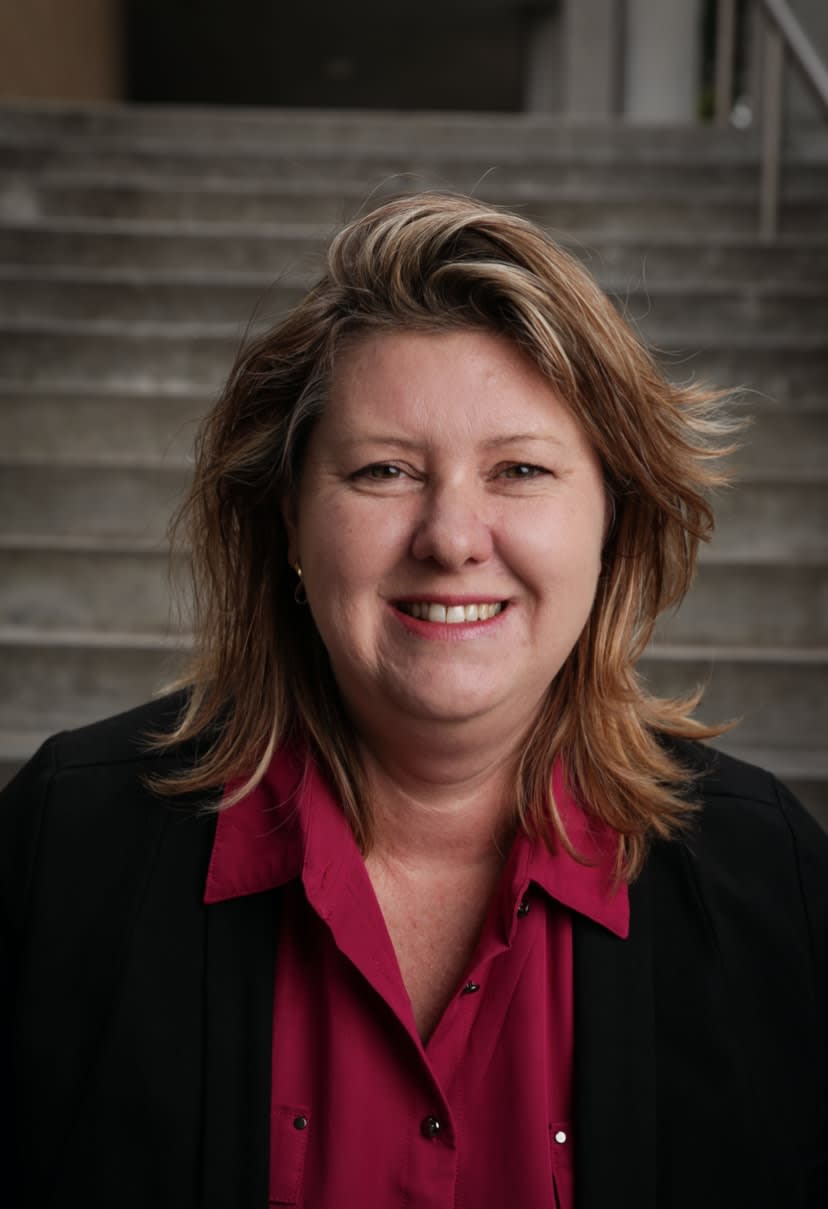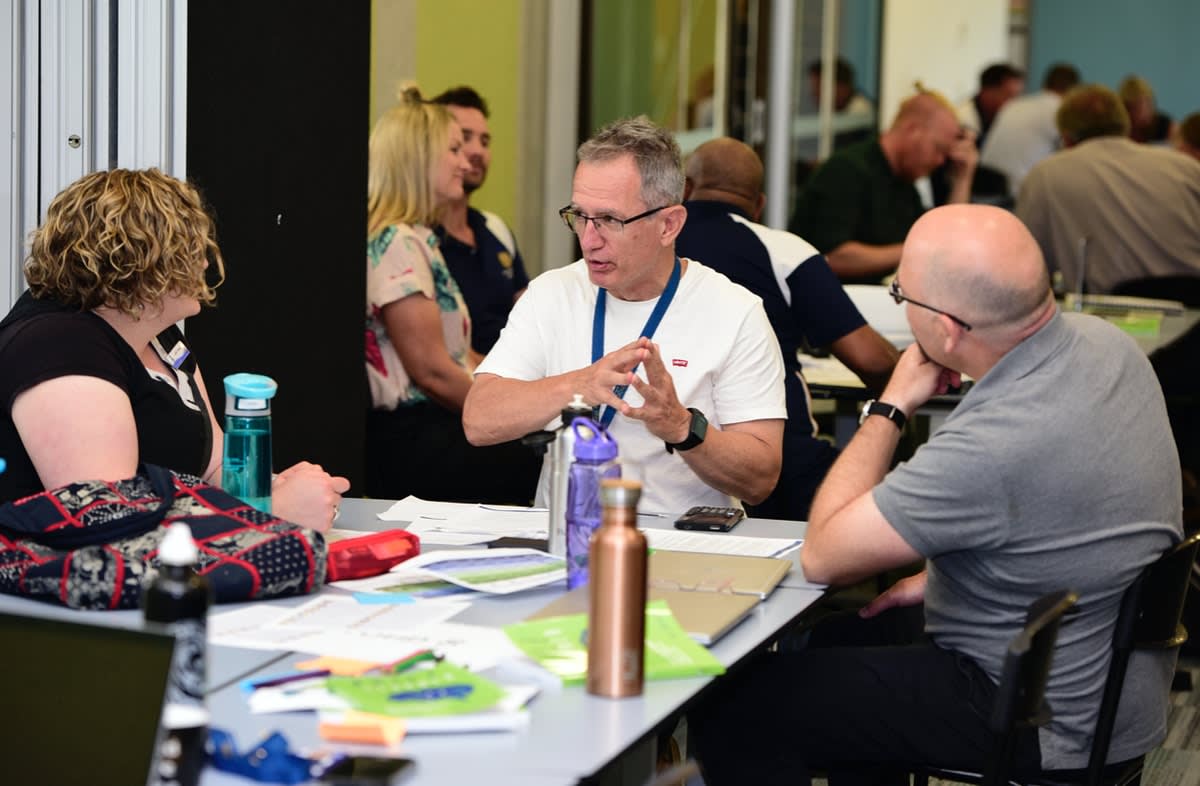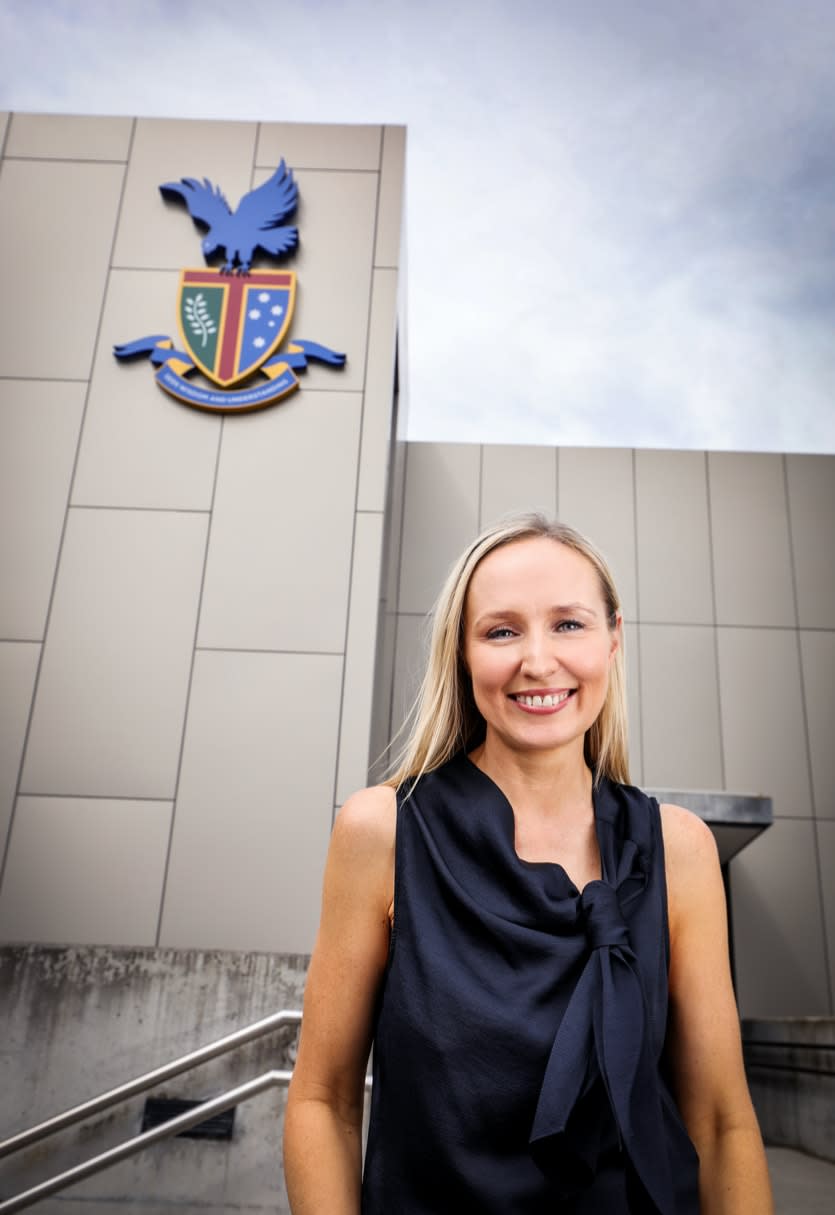For teachers in Victoria, COVID-19 stage four restrictions brought a swift move to online learning. This was a disruptive and demanding time characterised by two waves of lockdown, lasting in total for 168 days.
The first wave proved challenging for teachers, students and families. To understand more about lessons emerging from this first wave, Allan Shaw, principal of The Knox School, an independent co-educational K-12 school in Melbourne’s east, drew on established relationships with academics from the Faculty of Education at Monash.
Doctors Kathy Smith, Jennifer Mansfield and Megan Adams completed research to understand what teachers learned and valued as a result of this experience.
Online focus groups were conducted with 50 teachers from across levels within the school. Data revealed the move to online learning produced complex change in three key areas: teacher agency, community collaboration, and teacher wellbeing.
These findings became invaluable in the school’s preparation for the second, more extended lockdown, presenting opportunities for future strategic planning.
Here, the Monash researchers draw from the perspectives of Nikki Kirkup, deputy principal of The Knox School, and Michelle Mitchell, the school’s strategic implementation manager, to share leadership perspectives about how online learning impacted teacher agency.
Teachers’ professional learning
Michelle Mitchell explains how lockdown hastened the school’s reconceptualisation of teachers’ professional development (PD).

During this disruptive time, the school was committed to encouraging teacher agency and supporting teacher wellbeing, and this highlighted the need for a more interactive learning process.
Teachers were allowed to actively drive professional learning agendas. Explicit value was placed on teacher expertise, with teachers determining the conditions required to enhance their learning.
This shift required middle leaders in the school to work in more flexible ways with teachers, ensuring collective ownership and buy-in of professional learning.
These changes, as Michelle explains, ensured learning became personalised not only for students, but also for teachers.
In 2018, I was appointed to a new position as manager of strategic implementation at The Knox School. My role was to assist the coordination of teacher professional development (PD) and align a range of pilot projects occurring within the school.
In 2019, existing staff were appointed to positions of project managers in five areas: pedagogy, assessment, character, growth, and curriculum. My role supported these leaders to be drivers of innovation as they worked on collaborative projects within their portfolios. These projects were selected and designed by teachers. This approach reflects a shift from a top-down model for teacher learning where faculties had controlled PD content.
During lockdown 1.0, in an attempt to help balance the new and rapid uptake in required technology, staff were given a reprieve from collaborative project work.
The six weeks working from home became a survival period. Increased use of technology levelled the playing field; long-term classroom experience in well-established pedagogy was no longer a golden ticket to success.
Lessons flipped, new programs were created, and ideas were informally shared. Early adopters of home learning and those comfortable with the use of technology were approached to create short professional learning sessions to upskill others.
A private online channel, “Hints and tips”, was established for staff to access and upload material. Teachers were learning collaboratively and sharing expertise at a rapid rate, and this created bonds between teachers at all levels across the school.

Lockdown survival and change
During lockdown 2.0, the word “asynchronous” became the norm – asynchronous teaching, asynchronous learning, even asynchronous recorded staff briefings to watch at our leisure.
Asynchronous learning allowed a greater degree of flexibility, as staff were able to flex their day around synchronous teaching, and the work-life balance shifted and things eased a little.
The project management team began to explore asynchronous professional learning approaches with teachers to facilitate personal ownership over time and decision-making.
The project managers cancelled weekly mandated catch-ups and began to set mid-term goals to guide staff in their project work. These goals allowed teachers to work independently in their own time. For some, this flexibility meant working early in the morning or during a weekend, so long as the end date was achieved.
We are with you:
While the school had long valued student personalised learning, in lockdown the project management team discovered ways of nurturing teacher learning that were personalised and meaningful.
Beyond lockdown 2.0, close to 60% of professional learning among the teaching staff is now completed asynchronously. Goals continue to be set, and projects are continually shaped to explore new pedagogy, curriculum, assessment, character and growth. Limited synchronous time is allocated for discussions as check-ins.
Care and compassion characterise how we work together to construct knowledge, and our school values have held strong. Our desire for continual improvement remains an imperative.
Most importantly we’ve discovered a one-size-fits-all model of professional development, mandated after school, at the same point in time, on the same night, week after week, no longer works for The Knox School.
Whole-school change
Nikki Kirkup recognised these changes had implications for schoolwide planning and organisation, and saw the shift to online learning as an opportunity for change rather than a constraint on practice.
Teachers required support to be agile and adapt to the disruption, and in response, the school leadership provided teachers with permission to think and work differently.
Teachers began to work together to socially construct knowledge about practice, and ways to achieve a sense of connection with their valued community.
From the outset, leadership committed to traverse the course of remote learning by framing this unprecedented disruption as a catalyst – one that would enable us to leverage our collective efficacy, collaborate, and remain true to our long-term strategy of personalised learning, and position staff and students for success in lockdown.
Leveraging our networks, joining global discussion forums and webinars, the leadership partnered with international educators who shared early experience in the pandemic. Although many schools opted for traditional crisis management of top-down leadership, we discovered when communities adopt more collaborative approaches, this offers a more optimistic outlook.
A driving question for our work became: How might we redesign our curriculum so learners are empowered to develop the essential knowledge set, mindset, skillset and toolsets they need to thrive?
Thirty educators at The Knox School collaborated entirely online and utilised their collective experience to construct a blueprint for learning – The Knox School Learning Design Guide. This pedagogy of agency underpinned our “home campus” model.
In an attempt to build teacher agency to create engaging online learning experiences, it was important leadership provided explicit permission for teachers to be flexible and reduce content delivery.
The ‘less is more’ approach
The mantra of the leadership team became “less is more”. This also created a sharper focus on alternative ways of measuring student growth.
Educators began to reframe the learning narrative, and collaboratively reviewed, reshaped and adapted the Learning Design Guide. Microsoft Teams and our 2:1:2 middle and senior school model* provided an intentionally collaborative approach that led to flexibility of home campus learning, providing variety in the patterns of study. A similar approach underpinned junior school practice, albeit their routines were different.
The loss of the physical classroom had other implications; the point of control shifted from educator to student. Learning experiences were no longer defined by time and space, but we focused on leveraging choice and challenge for our students, working more flexibly – they experienced authentic agency.
An integral component of our community and culture at The Knox School is human connection, and the loss of face-to-face experience presented challenges.
Throughout the course of remote learning, we sought creative ways to interact, and in 2020 new traditions were born. Connection remained strong despite the cancellation of many events, which were previously considered cornerstones of our community.

As Nikki explains, the insights gained now hold promise for future planning.
The lockdown In term two demonstrated our community had both the skill set to adapt to our “home campus” model, and the resilience to recognise challenge as part of the fabric of any rich learning experience.
What emerged from the extended lockdown of term three was significant collective growth – the confidence, independence and agility of our staff and students was extraordinary.
Observing students working in partnership with our educators, co-designing learning and collaborating as their new norm, was a privilege for us all, and one that we have an imperative to uphold as we consider the design of our post-2020 operations.
Moving forward
While the lockdown presented challenges at every level within The Knox School, the growth and development from this experience was transformational.
The challenge now lies in keeping this learning alive as the school moves into the future. As Nikki states,”At TKS, ‘going back to…’ is not a part of our discourse – co-designing our collective future is the narrative we commit to explore.”
* 2:1:2 model for the five days of the week: Monday and Tuesday (two days) focusing on teaching and learning across curriculum areas; “Wellbeing Wednesday” (one day) that focused on wellbeing experiences; and Thursday and Friday (two days) focusing on teaching and learning across curriculum areas.
Featuring
Kathy Smith
Senior Lecturer, Maths, Science and Technology
Kathy is a senior lecturer in the Faculty of Education. She has particular expertise around primary science education, with a particular interest in teacher professional learning, and the conditions that build teacher capacity for self-directed learning.
Jennifer Mansfield
Lecturer, Maths, Science and Technology
Jennifer is a science teacher educator in the Faculty of Education, Her passion for science and science education has seen her work as a scientist and secondary school science teacher before transitioning into pre-service teacher education. Her research interests include the development of teachers’ professional knowledge of practice, and the development of teachers’ understanding and attitudes about science education, in particular science as a human endeavour, and the nature of science.
Megan Adams
Senior Lecturer, Faculty of Education
As a qualified teacher, Megan has extensive experience in Australian and international educational contexts ranging from pre-kindergarten to the tertiary level. Her specific research focus is on young children and families moving countries. In addition, her interests are science education in the early years, pedagogy and inclusive education.








